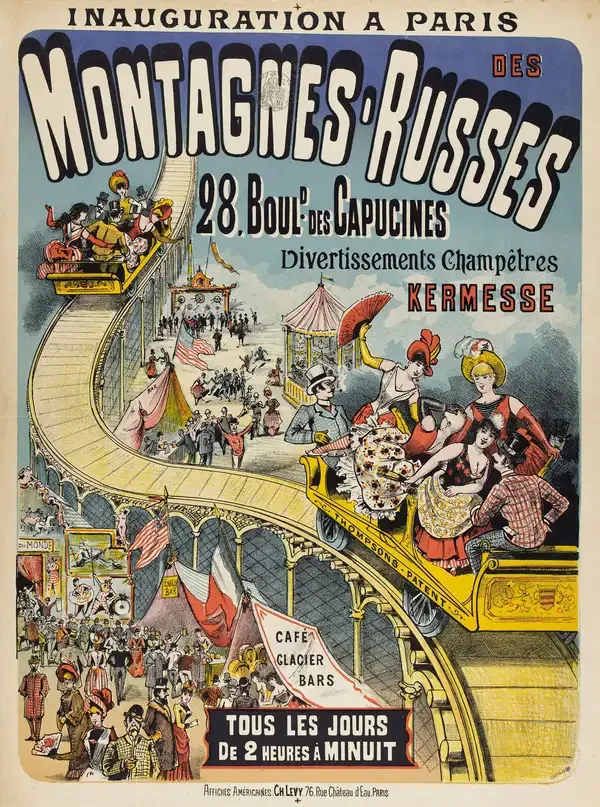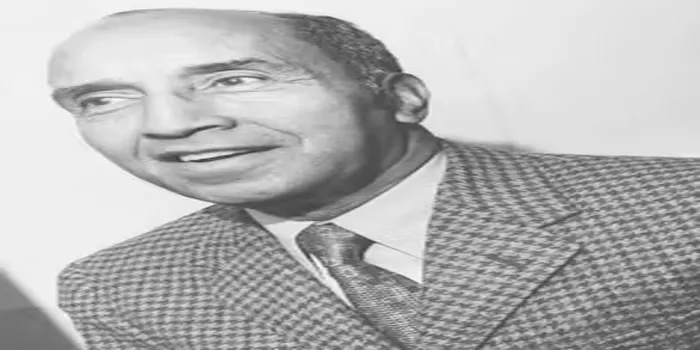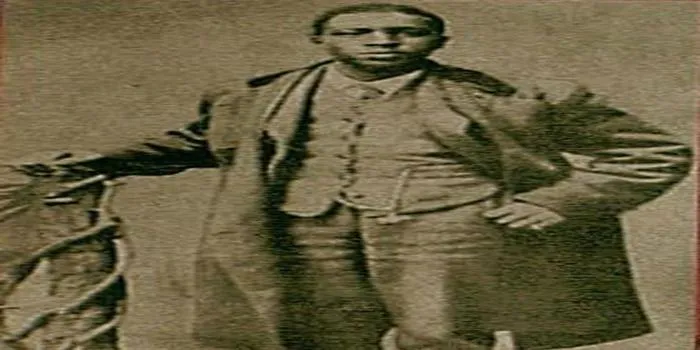- Home >
- Sport
- > Team Sports
Where Was the First Roller Coaster Invented?
The first roller coaster, known as the "Russian Mountain," originated in 17th-century Russia, featuring wooden tracks and sled-like cars. Fast forward to modern times, the nickname "The Big Apple" for New York City emerged in the 1920s, symbolizing the city's vibrant jazz scene and cultural significance. Similarly, other famous cities have unique nicknames rooted in their history or characteristics, such as "Windy City" for Chicago and "City of Angels" for Los Angeles, each reflecting their distinct identity and appeal.

The history of the ''roller coaster'' is as thrilling as the rides themselves. The first roller coasters can be traced back to the 17th century, and their evolution is a fascinating journey through time, technology, and creativity. In this article, we will explore the origins of the roller coaster, highlighting where it was invented and how it has transformed into the exhilarating amusement park attractions we know today.
The Origins of the Roller Coaster
The ''first roller coaster'' is believed to have originated in ''Russia'' during the 17th century. These early designs were known as "Russian Mountains" and were constructed using wooden sleds that would slide down steep hills of ice. These icy rides provided the initial thrill and laid the groundwork for the modern roller coaster. As time progressed, these Russian sleds inspired engineers and inventors across Europe, sparking the creation of more sophisticated designs.
The Transition to Wooden Roller Coasters
By the 1800s, the concept of the roller coaster began to evolve significantly. The ''first wooden roller coaster'' was built in Paris in 1817, known as the “Promenades-Aériennes.” This marked the transition from icy slides to wooden tracks, which allowed for more intricate designs and the ability to incorporate loops and turns.
Key Innovations in Roller Coaster Design
As the popularity of roller coasters grew, so did the innovations in their design. Here is a summary chart of significant milestones in roller coaster history:
| Year | Innovation | Location |
|---|---|---|
| 17th Century | First "Russian Mountains" | Russia |
| 1817 | First Wooden Roller Coaster | Paris, France |
| 1884 | First "Switchback Railway" | Coney Island, USA |
| 1901 | First Looping Roller Coaster | Germany |
| 1975 | First Steel Roller Coaster | Ohio, USA |
The ''Switchback Railway'', built in 1884 at Coney Island, is often credited as the first commercial roller coaster in the United States. This ride featured gentle hills and was an instant hit, paving the way for future innovations in roller coaster design.
The Advent of Steel Roller Coasters
In the mid-20th century, roller coasters underwent a dramatic transformation with the introduction of ''steel tracks''. The first steel roller coaster, known as the "Shivering Timbers," opened in 1975 in Ohio. This innovation allowed for smoother rides, higher speeds, and more daring inversions, making roller coasters more thrilling than ever before.
Modern Roller Coaster Trends
Today, roller coasters come in various shapes, sizes, and materials, offering a wide selection of experiences for thrill-seekers. From ''inverted coasters'' that hang riders below the track to ''hyper coasters'' that soar to heights of over 200 feet, the evolution of roller coasters continues to amaze enthusiasts worldwide.
Where to Experience the First Roller Coasters Today
If you want to experience the thrill of the earliest roller coasters, many amusement parks around the world pay homage to these historic rides. Here are some notable locations:
| Location | Notable Ride | Features |
|---|---|---|
| Coney Island, USA | Cyclone | Classic wooden design, steep drops |
| Europa-Park, Germany | Blue Fire | First launched coaster with inversions |
| Six Flags Magic Mountain, USA | Twisted Colossus | Hybrid coaster with wooden and steel elements |
These parks not only feature thrilling rides but also celebrate the rich history of roller coasters, allowing visitors to appreciate the journey from the first Russian sleds to the modern-day marvels.
Conclusion
The history of the roller coaster is a testament to human creativity and engineering prowess. From its icy beginnings in Russia to the thrilling steel coasters of today, the evolution of the roller coaster has provided countless moments of joy and adrenaline. Understanding where the first roller coaster was invented and how it has transformed can deepen our appreciation for these remarkable attractions. Whether you are a thrill-seeker or a history buff, the world of roller coasters offers something for everyone.












